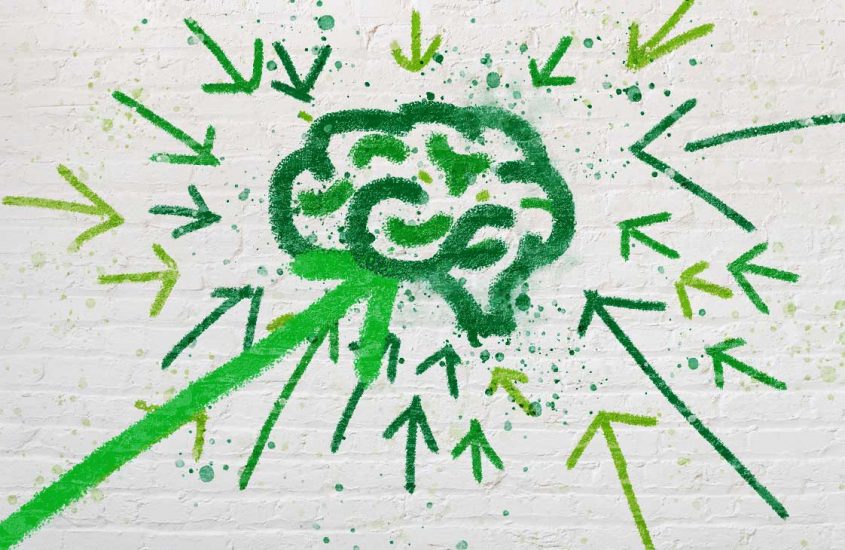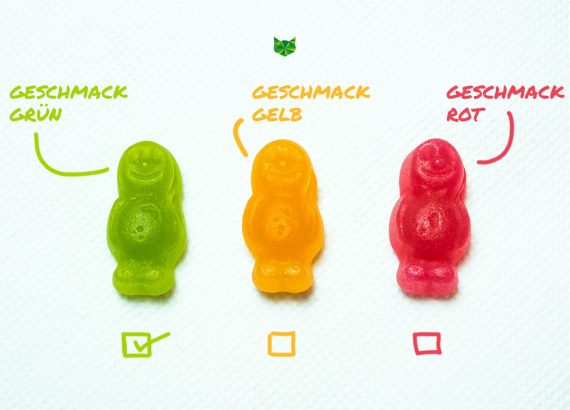How strong brands influence our brains

As early as the Stone Age, people marked objects to distinguish them from other objects: the concept of the brand was born. But how do brands actually affect our brain? And why doesn’t every consumer prefer the same brand?
The effect of brands on our brain
Brands trigger a demonstrable neurobiological response. That is, they produce measurable effects in the human brain.
With strong brands, on the one hand, reduced activity can be recognised in certain areas of the brain. For example, a consumer’s favourite brand relieves the brain areas that are responsible for thinking. Instead of having to think before a purchase, the consumer decides according to his or her gut feeling.
On the other hand, other brain areas, the so-called reward system, are activated increasingly. By feeling a psychological added value beyond the physical product, the consumer feels rewarded and is willing to pay more for the product. This helps consumers to decide quickly and leaves them with a positive feeling.
Overall, strong brands enable the brain to work efficiently and save energy. In addition, the risk for the consumer when shopping is greatly minimised if he or she is familiar with the brand.
When is a brand strong?
Unlike an interpersonal relationship, a relationship with a brand is purely instrumental. For a product to be successful, it must meet the basic goals of consumers with regard to that product category.
In addition, other consumer goals can be fulfilled, but these are often implicit and thus difficult to put into words. To test the strength of one’s brand, implicit measurement methods such as the use of a brain scanner are recommended. The scanner can measure subjects’ neuronal activity when they look at the brand. However, this can be very costly. An alternative is to measure reaction speed. The more spontaneously the consumer responds, the less he or she has had to think and the stronger the brand.
The strongest brand in a product category is the one that is more strongly associated with the core objective of that category than all the other brands. If a brand is only associated with niche objectives and is not unique, it is not a strong brand.
Different brand preferences
But why doesn’t everyone prefer the same brand? It’s because not everyone has the same goals in every context and at every point in time. What’s more, a consumer’s goals can change over the course of his or her life: often, for example, a consumer’s buying behaviour changes when he or she moves house or the family is expecting children, as its members’ priorities and goals change.
Moreover, if different brands fulfil the same goals, customer migration between those brands can often be detected.
Can weak brands also be successful?
If a brand is not strong, even low prices can lead to an activation of the reward system in the human brain. To sum up, strong brands help consumers in their decision-making by unburdening their brain. For this, it is essential for a company to know and meet the goals of its consumers and radically align its marketing activities with the target group.
If you enjoyed this blog post, feel free to check out our blog post on Neuromarketing: Effective Advertising Through Psychology.
Source:
Treckmann, C. (2020): Hä?, in: W&V #8, 28-34.
Image:
phase grün





